Gzlbfatcat - Untitled
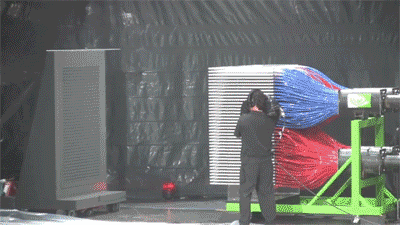
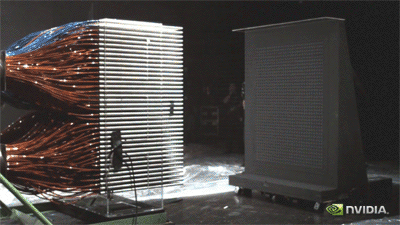
More Posts from Gzlbfatcat and Others

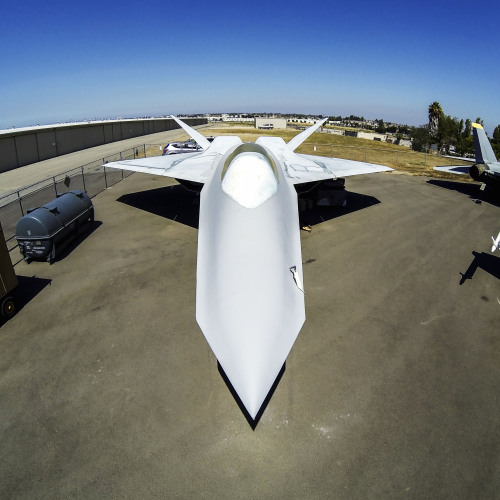
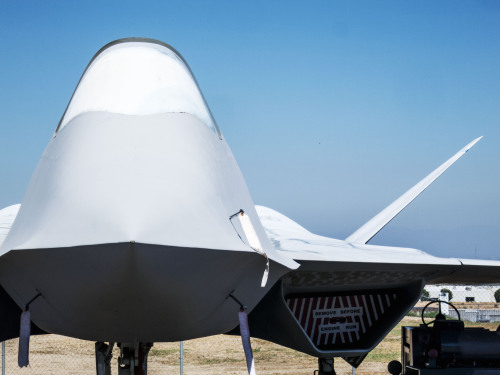
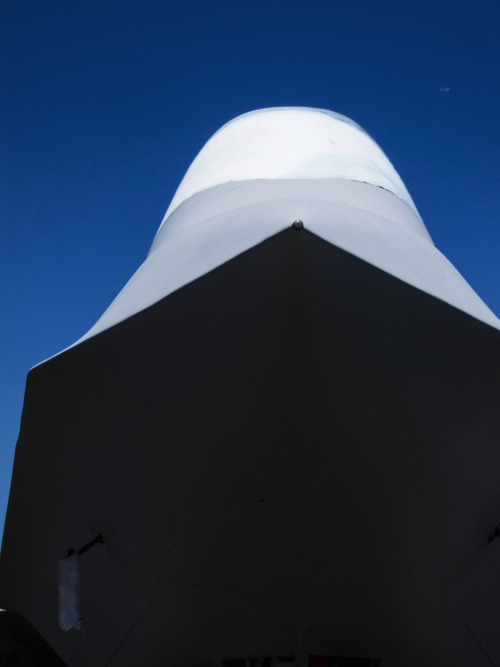
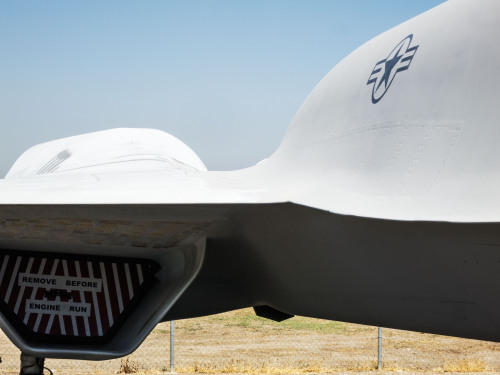
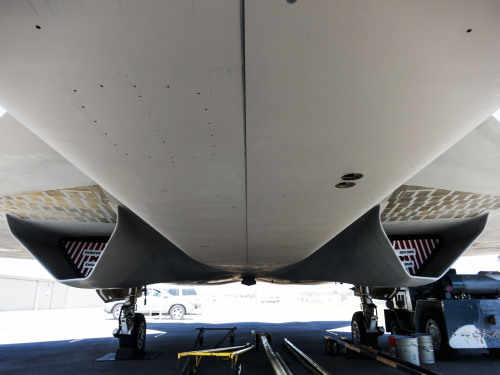
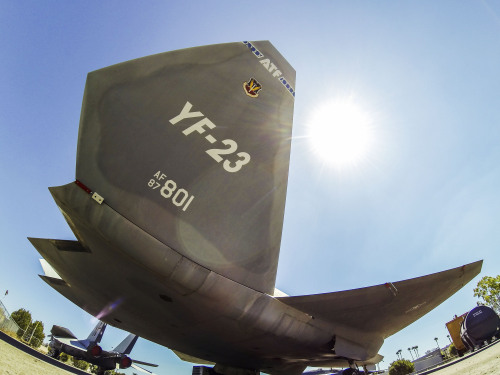
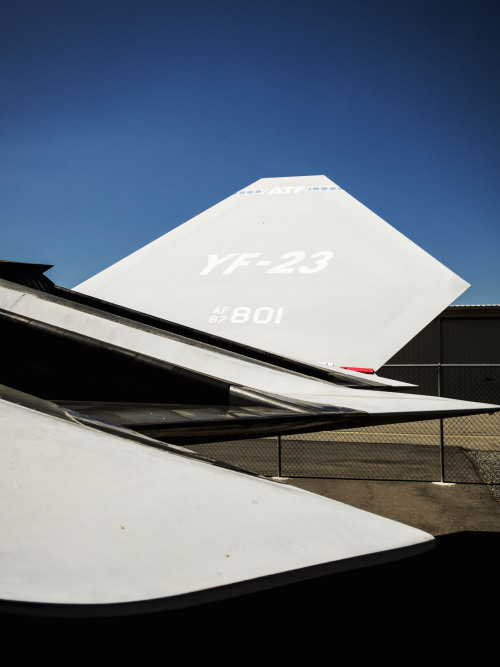
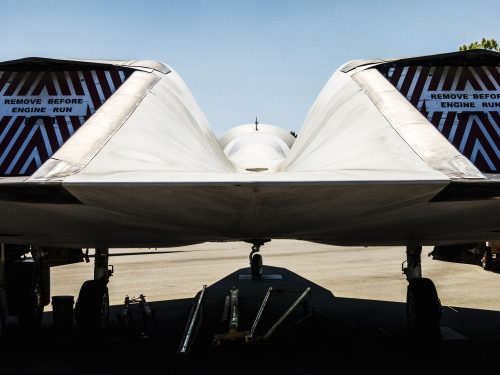
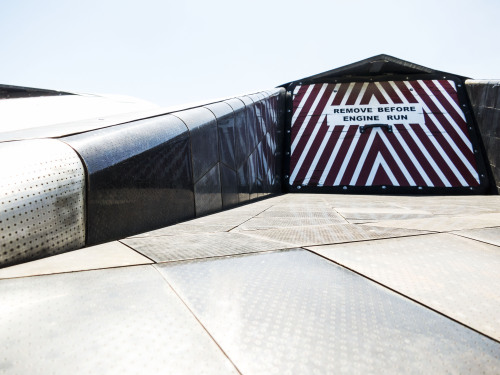
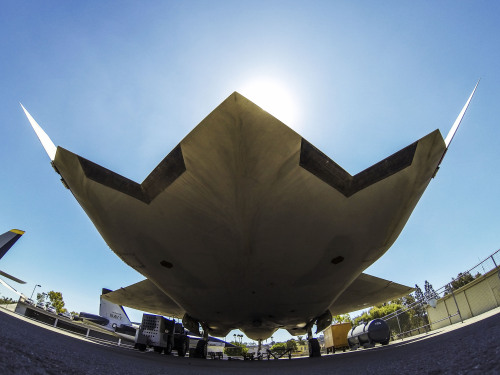
Growing up, I was a Lockheed kid. My grandfather, who took a hand in raising me, was a Skunk Works engineer through the golden age of black spy planes and stealth technology. I was born in Marietta, Georgia, just up the road from the historic Lockheed plant. I was not yet five years old when I’d formed the biased opinion that Lockheed’s YF-22 prototypes were the coolest, most fantastic thing in the sky, and the Northrop YF-23 prototypes were lumpy, funny looking attempts at fighter jets, the likes of which could surely never compete with the product of my grandpa’s company. I knew that the two aircraft had battled it out in a prototyping competition flyoff. Lockheed’s YF-22 had won, which was no surprise to me, in my young mind. One morning, my parents informed me that our Lockheed Marietta Plant had won the contract to build the F-22 production model right there in my hometown. We drove by the plant and saw local news media crews enthusiastically broadcasting live, surely proud that so much work was coming to the area. On September 7, 1997, I stood on the flightline with my grandfather at Dobbins Air Reserve Base, and watched the first flight of the first F-22 production model. I was in awe, so proud of my grandpa’s company, and happy that they’d beat Northrop.
Decades later, I’m now able to face the world armed with more equanimity, and I’ve formed a more objective opinion of the Northrop YF-23. Only now, can I understand what an incredible aircraft the YF-23 is, and how close we were to losing that contract. This opinion was reinforced when I finally saw a Northrop YF-23 in person. My first experience with the bird happened on September 9, 2014, at the Western Museum of Flight in Torrance, California. To see her, I had to be escorted across the Torrance Airport flight line, to an area cordoned off for restoration work, where this bird is half way through with receiving a new coat of paint. When I rounded a corner and I first laid eyes on the her, I was awestruck. The stealthy, triolithic profile of the aircraft was distinctly Northrop, reminiscent of their B-2. The aircraft seemed to change shape as you walked around it.
Photographing up close was thrilling because there were only two ever built, and they were bathed in secrecy for so long. This was the second prototype built, called 87-0801 PAV-II. Many performance aspects of the aircraft are unknown, but we do know that this prototype, with the GE YF120 engine, was the fastest of the four aircraft that competed in the Advanced Tactical Fighter Flyoff. Her top speed is still classified, but it is widely speculated that she could fly faster than Mach two. She was the stealthiest aircraft involved in the prototyping program, but not quite as agile as the YF-22, which may have led to her downfall.
To truly understand the world of aviation, you must look at things objectively. I certainly found a new respect for the YF-23, even with my Lockheed roots. The YF-23 is one of the most incredible flying machines ever conceived.
thethunderofwar:

© istanbulspotter





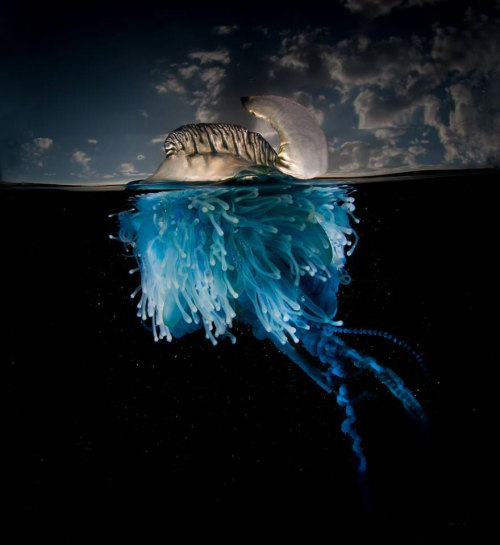


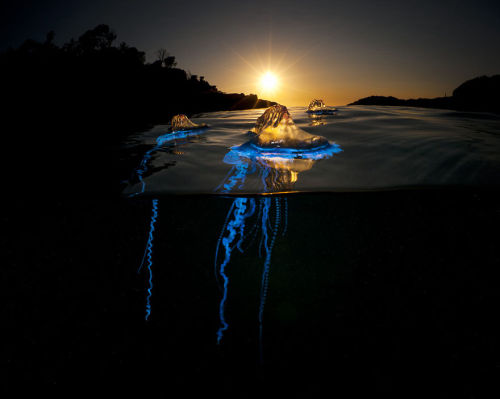

A Parallel Universe: My Half-Underwater Pics Show What Hides Beneath The Waves





Pasha Bulker Run Aground on Nobbys Beach, near Newcastle, Australia - June 2007
The Pasha Bulker, a 2006 Panamax bulk carrier, ran aground during a storm just outside Newcastle, Australia while waiting to load coal. It was refloated in July, then towed to Japan for repairs. It has since been renamed MV Drake, returning to service in 2008.
via Dark Roasted Blend and Wikipedia

On board USS Harry S. Truman, February 22, 2005 (Persian Gulf).
Sailors begin a final checking process on an F-14 Tomcat assigned to the “Swordsmen” of Fighter Squadron (VF) 32 prior to launching off of one of the four steam catapults on the flight deck of USS Harry S. Truman (CVN 75).
Once upon a time… the wild years of my youth!
awsome history
Designing 2D graphics in the Japanese industry
thethunderofwar:

NICE CODING

// .pde // Processing 3.4 ParticleSystem ps; void setup() { size(540, 750); background(0); ps = new ParticleSystem(); } void draw() { noStroke(); fill(0,10); rect(0,0,width,height); ps.addParticle(); ps.run(); } class ParticleSystem { ArrayList<Particle> particles; ParticleSystem() { particles = new ArrayList<Particle>(); } void addParticle() { for (int i = 0; i < 10; i++) { particles.add(new Particle(random(width), random(height))); } } void run() { for (int i = particles.size()-1; i >= 0; i--) { Particle p = particles.get(i); p.run(); if (p.isDead()) { particles.remove(i); } } } } class Particle { PVector location; PVector velocity; float lifespan; Particle(float x, float y) { location = new PVector(x,y); lifespan = 255.0; } void run() { update(); display(); } void update() { float angle = noise(location.x*.01,location.y*.01)*TAU; velocity = new PVector(sin(angle), cos(angle)); location.add(velocity); lifespan -= 1.0; } void display() { strokeWeight(2); stroke(255, lifespan); point(location.x, location.y); } boolean isDead() { if(location.x > width-120 || location.x < 120){ return true; } if(location.y > height-20 || location.y < 20){ return true; } if (lifespan < 0.0) { return true; } else { return false; } } }
-
 awkwardlyaaron reblogged this · 4 weeks ago
awkwardlyaaron reblogged this · 4 weeks ago -
 frozt95 liked this · 1 month ago
frozt95 liked this · 1 month ago -
 chroniclesofreven reblogged this · 1 month ago
chroniclesofreven reblogged this · 1 month ago -
 highfunctioningfuckup reblogged this · 1 month ago
highfunctioningfuckup reblogged this · 1 month ago -
 deviroars liked this · 2 months ago
deviroars liked this · 2 months ago -
 chroniclesofreven liked this · 2 months ago
chroniclesofreven liked this · 2 months ago -
 taurus-official reblogged this · 2 months ago
taurus-official reblogged this · 2 months ago -
 disappearedsock reblogged this · 2 months ago
disappearedsock reblogged this · 2 months ago -
 nenleh liked this · 2 months ago
nenleh liked this · 2 months ago -
 standardizedbogey reblogged this · 2 months ago
standardizedbogey reblogged this · 2 months ago -
 rogue-vigilante reblogged this · 2 months ago
rogue-vigilante reblogged this · 2 months ago -
 totalitarianvegetables liked this · 2 months ago
totalitarianvegetables liked this · 2 months ago -
 waffleking193 liked this · 2 months ago
waffleking193 liked this · 2 months ago -
 that-edgy-gal liked this · 2 months ago
that-edgy-gal liked this · 2 months ago -
 driftveilcity liked this · 2 months ago
driftveilcity liked this · 2 months ago -
 mindovermuses liked this · 2 months ago
mindovermuses liked this · 2 months ago -
 gilmourtheapatosaur reblogged this · 2 months ago
gilmourtheapatosaur reblogged this · 2 months ago -
 moony108 reblogged this · 2 months ago
moony108 reblogged this · 2 months ago -
 moony108 liked this · 2 months ago
moony108 liked this · 2 months ago -
 spectralid reblogged this · 2 months ago
spectralid reblogged this · 2 months ago -
 thebigjawpokemon reblogged this · 2 months ago
thebigjawpokemon reblogged this · 2 months ago -
 c0c0199 liked this · 2 months ago
c0c0199 liked this · 2 months ago -
 kikiwritingbird reblogged this · 2 months ago
kikiwritingbird reblogged this · 2 months ago -
 strangetikigod reblogged this · 2 months ago
strangetikigod reblogged this · 2 months ago -
 strangetikigod liked this · 2 months ago
strangetikigod liked this · 2 months ago -
 lastofthemadones reblogged this · 2 months ago
lastofthemadones reblogged this · 2 months ago -
 g-rmlin reblogged this · 2 months ago
g-rmlin reblogged this · 2 months ago -
 g-rmlin liked this · 2 months ago
g-rmlin liked this · 2 months ago -
 dororoxpenana liked this · 2 months ago
dororoxpenana liked this · 2 months ago -
 asystoly reblogged this · 2 months ago
asystoly reblogged this · 2 months ago -
 lilyclouds18 liked this · 2 months ago
lilyclouds18 liked this · 2 months ago -
 ourano-s reblogged this · 2 months ago
ourano-s reblogged this · 2 months ago -
 youmaycallmeyourhighness reblogged this · 2 months ago
youmaycallmeyourhighness reblogged this · 2 months ago -
 dkara-dkira liked this · 2 months ago
dkara-dkira liked this · 2 months ago -
 coratatum reblogged this · 2 months ago
coratatum reblogged this · 2 months ago -
 starsonthursday liked this · 2 months ago
starsonthursday liked this · 2 months ago -
 what-the-fandomm liked this · 2 months ago
what-the-fandomm liked this · 2 months ago -
 mattiebell liked this · 2 months ago
mattiebell liked this · 2 months ago -
 dunnoyiamhere liked this · 2 months ago
dunnoyiamhere liked this · 2 months ago -
 pseudonymthefirst liked this · 2 months ago
pseudonymthefirst liked this · 2 months ago -
 catybug007 reblogged this · 2 months ago
catybug007 reblogged this · 2 months ago -
 dudeiloveyou liked this · 2 months ago
dudeiloveyou liked this · 2 months ago -
 annietheseawitch liked this · 2 months ago
annietheseawitch liked this · 2 months ago -
 chaos-is-my-lifeblood reblogged this · 2 months ago
chaos-is-my-lifeblood reblogged this · 2 months ago -
 rainbow-grilled-cheese liked this · 2 months ago
rainbow-grilled-cheese liked this · 2 months ago -
 katiebug0603 liked this · 2 months ago
katiebug0603 liked this · 2 months ago -
 bluegirl1958 liked this · 2 months ago
bluegirl1958 liked this · 2 months ago -
 mmabey98 liked this · 2 months ago
mmabey98 liked this · 2 months ago